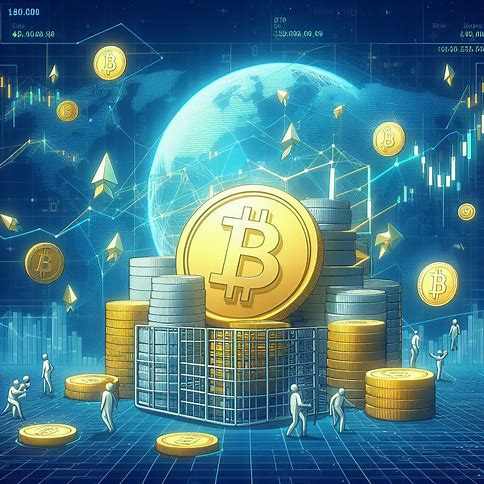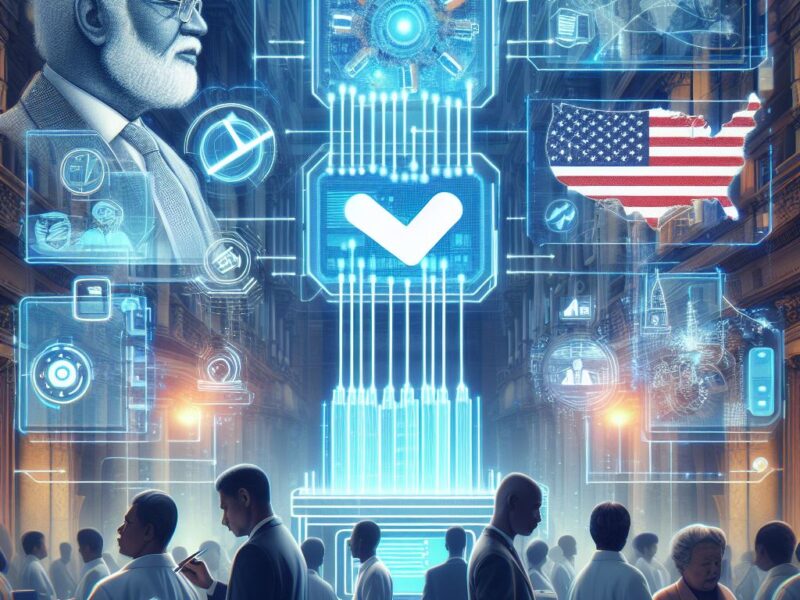If you’re reading this, you’re probably not one of those content creators who slaps a random number on their art, and you’re looking for an answer to the question: How do you put a price tag on your NFTs?
In this post, I’ll share some expert tips on how to price your NFTs.
Understanding the NFT market
First things first, before you set a price, you need to understand the market because NFTs are a combination of art, technology and economics. Prices in the NFT market can fluctuate wildly, influenced by factors like trends, collector demand and the crypto market’s health.
So to understand the market, keep an eye on recent sales, hot artists and emerging trends. This market awareness will be invaluable in pricing your art.
Your Art’s Place in the Digital Art Market
Every artist has a story, and so does every piece of art. What’s yours? Are you an established artist or a newbie in the art industry?
Your background, style, and following all play a role in how your NFT will be perceived and, consequently, priced. In short, when it comes to the NFT market, your story can be just as valuable as the art itself.
Key Factors Influencing NFT Pricing
Here are key factors to consider to better calculate the listing price of your NFT:
1. Rarity and Uniqueness
Rarity is very important in the NFT market. An artwork’s uniqueness can significantly drive up its value. Are you offering a one-of-a-kind digital masterpiece as part of a limited series or a copycat of a popular NFT collection? The rarer your piece, the higher the price it can command. It’s all about exclusivity.
2. Artistic Merit and Quality
Quality matters. High-resolution, well-detailed designs or artworks that tell a compelling story often attract higher bids. It’s about the technical skills, the emotion and the message your art conveys. Remember, buyers aren’t just buying a digital file; they’re investing in your artistic vision.
3. Your Reputation and Following
If you’ve got a solid fan base or an established name, your NFTs are likely to fetch a higher price. Your social media presence, previous artworks and overall influence in the art community are important. Think of it this way: you’re not just selling art; you’re selling a piece of your artistry.
4. Market Demand and Trends
What’s hot in the NFT market right now? Maybe it’s environmental protection NFTs, abstract animations or celebrity-endorsed pieces.
Staying up-to-date on market trends can help you price your work accordingly. However, don’t lose your artistic identity by chasing trends. Authenticity has its own value in the NFT market.
Setting the Right Price: Buyer Psychology
If you’ve read from the beginning up to this point, you’ll probably notice that I’m placing emphasis on understanding the market. Well, there’s also another part of the NFT marketplace you need to understand: the buyers.
Here are actionable insights on understanding your potential investors:
1. Find the Sweet Spot in Pricing
Pricing your NFT is a strategic decision. Set it too high, and you might deter potential buyers. Too low and you might undervalue your work.
Consider starting with a moderate price that reflects your art’s value, your reputation and the price of NFTs with similar features as yours currently listed on NFT marketplaces. You can always adjust based on the market response.
2. Why do people buy NFTs? Who are my target customers?
To understand the buyer’s mindset, you need to know the answer to this question.
Some are collectors, looking for unique pieces to add to their digital gallery. Others might be investors, eyeing pieces that could skyrocket in value. Then there are the fans of your work who want to support you. Understanding these motivations can help you tailor your pricing strategy.
3. Engagement and Narrative: The Emotional Pull
Never underestimate the power of engagement. Active social media interaction, sharing your creation process or the story behind your art can create an emotional connection with potential buyers. This connection can turn a viewer into a buyer, willing to pay a premium you set for a piece they feel personally attached to.
Related: 43 NFT Terms You Should Know
Selecting the Ideal NFT Marketplace
Your choice of platform can have a huge impact on your NFT’s success. Popular platforms like OpenSea, Rarible and Foundation cater to different types of artists and buyers.
Research each platform’s audience, fees and features. Some platforms might attract high-end collectors, while others are more friendly to emerging artists.
Leveraging Pre-Sale Buzz
Generating buzz before your NFT goes on sale can spike interest and value. Use social media, art forums or collaborations with other artists to create anticipation. A well-timed and executed pre-sale campaign can lead to a successful launch and better pricing.
Key Takeaways
1. Understand the dynamics of the NFT market: Follow recent sales, artists and emerging trends to get a sense of how prices fluctuate based on various factors.
2. Determine where your art and personal story fit into the larger digital art market; your reputation and background play a role in perceived value.
3. Consider factors like rarity, quality, your fan base, market demand and buyer psychology when pricing your NFTs. Rarity and uniqueness can increase value.
4. Find a pricing sweet spot that reflects your work’s worth but still appeals to buyers; you can adjust later based on response. Too high may deter buyers; too low undervalues your efforts.
5. Identify target NFT customer motivations—some want to collect, invest or support artists. Align pricing strategies with buyer goals.
6. Choose the right NFT marketplace for your work; each platform has unique demographics, fees and features to consider.
7. Generate pre-sale buzz on social media and with collaborations; more interest signals higher value and better pricing during the launch.
8. Actively interact with potential buyers by sharing your creative process—form meaningful connections that translate to sales.
Frequently Asked Questions
1. How do I know what price to set for my NFT art?
You should consider factors like the uniqueness and rarity of your art, its artistic quality and merit, your reputation as an artist, current market demand and trends, and buyer psychology when setting a price. Find a sweet spot that reflects the value of your work while still attracting buyers.
2. Does my social media presence impact my NFT art pricing?
Yes, if you have an established fanbase and reputation, collectors may be willing to pay more for your NFT art. Your overall influence and standing in the art community show that your work has value.
3. Should I care about NFT market trends when pricing my art?
It’s a good idea to stay updated on current trends and see what types of NFT art are popular right now. However, don’t lose your artistic vision or identity by chasing temporary trends. Authenticity has a lasting value.
4. How can I connect emotionally with potential NFT buyers?
Strategies like sharing your creative process, telling the story behind the art and actively engaging fans on social media can help buyers feel invested. This makes them more likely to pay the premium price you set due to their emotional connection.
5. Does the NFT marketplace I choose to sell on matter for pricing?
Yes, each NFT marketplace has unique audience demographics and features. A platform with a higher-end clientele may fetch higher pricing than entry-level marketplaces. Research thoroughly before you commit.
6. Should I generate hype for my NFT before listing it for sale?
Pre-sale buzz campaigns on social platforms, art forums or via collaborations are proven to drive interest and higher returns. A good hype cycle before listing your NFTs can lead to a successful launch.
7. How often should I adjust the pricing of my NFT artwork?
When you first list your NFTs, moderate pricing tends to work best. You can adjust prices later based on market responses and demand signals. Don’t make drastic changes too quickly; steady incremental shifts tend to work better.










